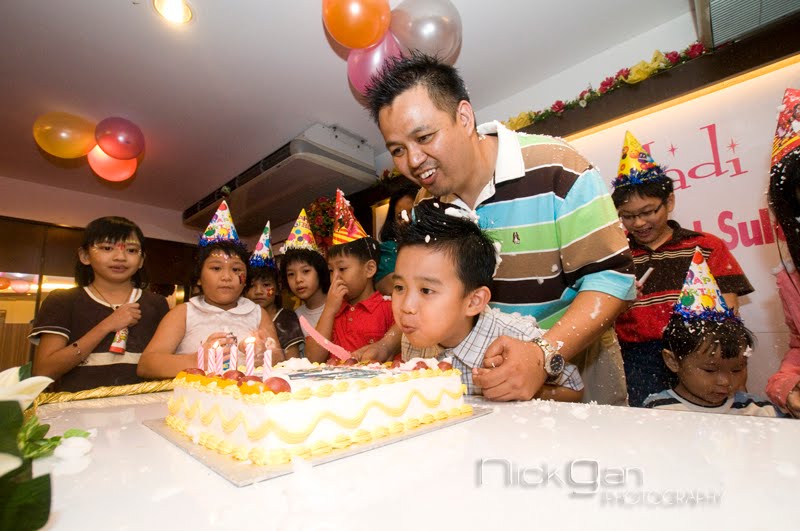Since August 2008, I have been photographing stage performances almost twice a year.
A whole new world of photography has opened up for me. Never before had I the opportunity to photograph so many stage performances, ranging from traditional and classical to pop and rock...I love stage photography because of it's unpredictable lighting. Not to say that i'm already a professional on stage photography but I did learned a lot in the process and i'm happy to share with you some of the tips of on stage photography.
1. Get as close as you can.
I once come throught a words like this "If you think you are not shooting a good photo it is because you don't get close enough" So,in order to get close you need to be on the scene early to secure the front seat.You must have a Telephoto zoom lens to get even closer to your subject. For dramatic effect, get super close to capture only the face ;close-ups of their dressing, jewellery, tattoos and other ornaments can make interesting images too.


2. Avoid to shoot in the middle.
To avoid these troublesome obstructions such as the shadow caused by the microphone you need to shoot from one side.There is time when i will shoot from the middle, when i want to include the lighting on the stage together with the performers.

3. Don't use flash
Some venues disallow flash photography anyway. Instead, use a high ISO setting. I usually set my camera to ISO 1600, increasing to ISO 3200 if necessary. To use such high settings, you need a relatively advanced camera (I'm Using Nikon D90 & D300)that will produce good, low noise images at high ISO.
4. White Balance.
I prefer Auto White balance as the lighting changes too frequent on stage, you would get nice, almost perfect colors in one shot but orange and red in the next. I think i'm ok with it as i shoot what i see. If the composition and exposure is good and i'm sure you like that "orange " photos.
If you really don't want that to happend to you as AWB might have been over-reacting to the color changes in the stage lighting. You can try shooting with a fixed color temperature, set at about 3000K to 3600K. Lastly, my advice is to shoot in raw so you will not worried so much on the white balance.

5. Use single-area focus
Under low light conditions, the auto-focus function sometimes take too long to work.
My advice is to use 'single-area' focusing mode, where the camera focuses only on the subject that you point at.Normally i point it on the performer eyes during close up shoot.
6. Capture movement
It could be . Such movements impart 'life' to the image. Don't always 'freeze' your images, captured movement such as a hand strumming a guitar or beating the drums,jumping, dancing and bla bla. In other words, to slow things down while they are moving.
To capture movement, you will need a relatively show shutter speed ranging between 1/15 and 1/30 of a second. Make use of the Shutter priority on your camera to get the result you want.

7. Use high speed shooting to shoot as much as you can.
Taking more pictures and producing more good images as i say before stage photography is unpredictable - the lighting, the movement the fireworks and so on. Those things are not there ready for you to shoot, it will come out of no where when you just finish you single shoot and it happend when you lose you hand from your shutter button.When the time you press it again, it's gone. You may not want that to happen don't you?





















































